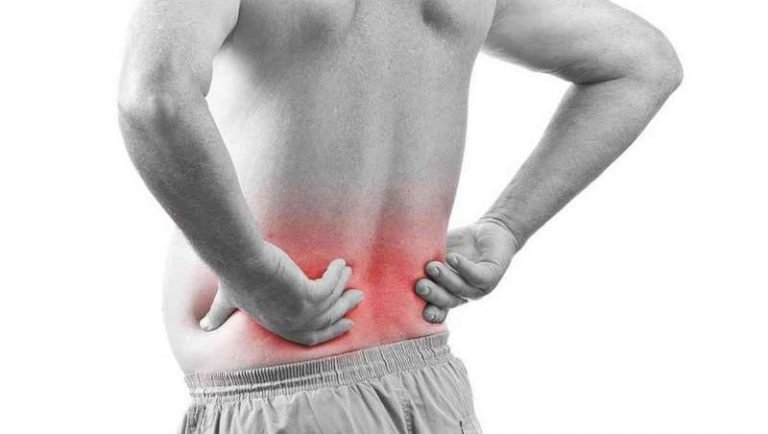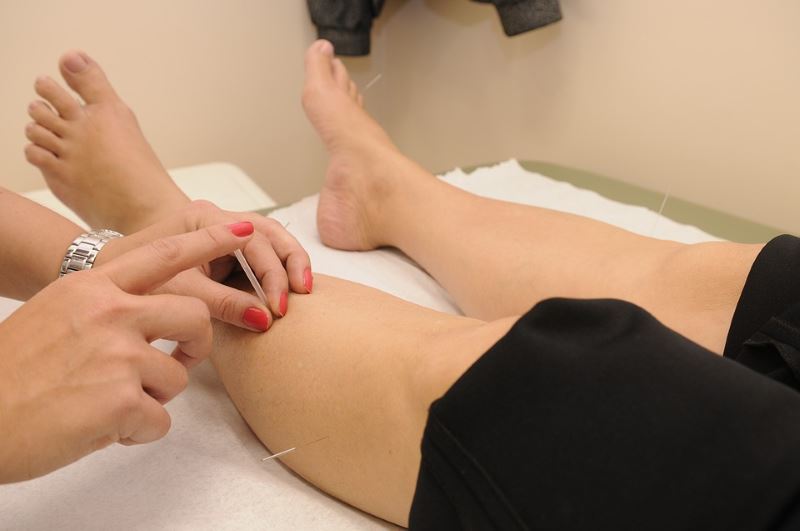Shoulders
Do you lie awake at night with an aching shoulder? Do you feel sharp grabs of pain while reaching up into the cupboard or into the back seat of your car? Did your shoulder pain start one day without any injury that you can remember? Shoulder pain can keep us awake at night and limit our day-to-day activities – even the most basic ones like washing our hair or getting dressed. In this article we are going to talk about how shoulder problems can start and what there is to do about it.
First let’s talk about what is inside your shoulder. The shoulder is what we call a ‘ball and socket’ joint. This means that the top of the upper arm bone has a ‘ball’ like surface, and this ball connects with the concave surface of the shoulder blade, similar to a golf ball sitting on a tee. This type of joint (like your hip joint) is build for maximum mobility. Having so much mobility is a good thing because it allows our shoulder and arm to reach in all different directions. However, this excess mobility can also predispose the shoulder to injury.
Almost everyone has heard of the rotator cuff. The rotator cuff is a group of 4 muscles responsible for protecting the shoulder. These are often the muscles that are injured in the shoulder because they can become pinched inside the joint (referred to as ‘impingement’). The rotator cuff muscles work alongside the muscles of your shoulder blade to ensure that the ball is always positioned in the centre of the socket so as to avoid pinching, inflammation and pain. Impingement can occur if any of these shoulder muscles become tight or weak or if the neck and upper back are too stiff to allow for proper arm movement.
People that spend a large portion of their days sitting often become very weak in their shoulder blade muscles while at the same time also becoming tight in their chest, upper back and neck. Others spend a lot of their workday doing repetitive movements with their arm that also can create irritation and muscle imbalances in the shoulder. At night many of us tend to lay on our ‘favourite’ side while sleeping which squeezes the blood out of the shoulder thus causing further irritation and preventing recovery from the strain during the day.
If you start to have shoulder pain the best strategy is to avoid the movement that is creating the pain and to ice the shoulder for 15 minutes 2-3 times per day for the initial 3 days (after 3 days switch to heat for 20 mins, 2-3 times per day to increase blood flow/healing). Make sure to continue to move the shoulder in motions that don’t hurt in order to prevent your shoulder from getting stiff. Also try as best as you can to not sleep on the painful shoulder at night in order to allow healing.
If the pain does not subside within a week it is advisable to see your health care professional so that the specific reason for the shoulder pain can be diagnosed. In physiotherapy, pain control and stretching out tight muscles are usually the initial goals. Treatment then fairly quickly progresses to focusing on strengthening specific muscles as well as increasing overall flexibility. Often the conversation of prevention will focus on daily stretching or Yoga as well as emphasizing good posture while sitting.
I hope that you have learned a little bit about how the shoulder works and what can cause shoulder pain. If you are starting to have nagging shoulder pain or tightness, remember that it is much easier to deal now then ‘down the road’. Happy spring (summer) everyone!
Graham Gillies is a registered Physiotherapist at Sun City Physiotherapy Winfield and is a fellow of the Canadian Academy of Manipulative Therapy and a certified Gunn IMS and acupuncture practitioner.
Womens Health
This one’s for the ladies.
Ladies, have you notice the increase in the number of bladder leakage commercials on TV these days? Brands like Poise and Always have caught on that there are a large number of women who experience bladder leakage on a daily basis. These commercials are great in one aspect because they open up doors for women to have conversations. This is important because these issues may be embarrassing to discuss with friends and therefore are often sealed behind tight lips or talked about only in doctors’ offices. The downside to these commercials is that they make you feel like a pad is the best way your bladder leakage can be addressed. Many women who have bladder leakage do not seek information regarding the underlying cause, the type of bladder leakage they have or additions ways it can be addressed.
To fill in some of the gaps – there are essentially three types of bladder leakage. First there is stress incontinence (loss of bladder control). This type usually occurs because the pressure exerted on the pelvic floor is too forceful for weakened muscles during a cough, sneeze, laugh or any event that increases intra-abdominal pressure.
The second type of incontinence is called urge incontinence. This type of leakage is usually behaviour driven and occurs because of toileting cues and conditioning surrounding your learned habits. For example, you just pulled into your drive way – before you pulled up there was no urge to go to the bathroom. However, now that you are in the driveway you are frantically rummaging through your purse to grab your keys, you found them. Now, to make it to the front door you waddle the whole way there because all you can think about is emptying your bladder and by the time you get the lock open you may have already leaked before you made it to the toilet.
The final type of incontinence is called mixed and is a combination of stress and urge. In addition to using these products there are other ways to treat bladder leakage. One of the treatments for stress incontinence comes from gaining body awareness and control of your pelvic floor muscles and retraining them to turn on before a cough and sneeze. The treatment for urge incontinence involves behavioural retraining surrounding your current toileting habits.
Now that you are aware there are more options, perhaps it’s time for you to take control of your leakage and contact a physiotherapist who treats women’s health in an effort to reduce or eliminate leakage.
Physio Articles
The phrase “no pain, no gain” would probably be the leading misconception about pain that I hear – live by this slogan at your own risk. Why? Because first and foremost, pain is a protector. Pain is a wonderful and fascinating perception that helps to keep us out of danger. I can certainly sympathise that when you’re experiencing persistent or intense pain, its hard to see it as “wonderful” or “fascinating” but it truly is a remarkable defence mechanism that we possess.
When you step on a nail, twist your knee or tweak your back, what comes to your defence first? The simple answer is pain. It’s your first warning of actual or even potential tissue damage. Yes, that’s correct – “potential” tissue damage, meaning your body is smart enough to tell you to withdraw from danger before the damage is done. Wow! When tissue damage does occur, such as a strained ligament, tendon or muscle, your body sends all its best healing products to the area in the form of ‘inflammation’. The brilliance of inflammation is that it increases the sensitivity of the danger detectors (receptors) in the damaged area, which send more danger messages to the brain where they are processed and a pain experience can result. What do you think of that? Essentially, your body doesn’t just heal you with inflammation but it also tells you about it through the feeling of pain as a way of changing your behavior, allowing the area to rest and heal more effectively.
If you understand that the experience of pain is a critical response when the body feels threatened or in danger, then you will see how the slogan “no pain, no gain” will quickly lead you astray. Instead, us ‘pain geeks’ like to encourage the slogan – “know pain or no gain”, meaning that if you understand why you are experiencing pain and what it means, you are more likely to adopt the appropriate behaviour to encourage recovery.
The story of pain can get rather complex but equally as fascinating. Like any of our body systems, our defence systems can sometimes get a bit carried away and malfunction. This is often the case in the event of persistent pain – a story that will have to wait for another time. Until then, remember “know pain or no gain”.



